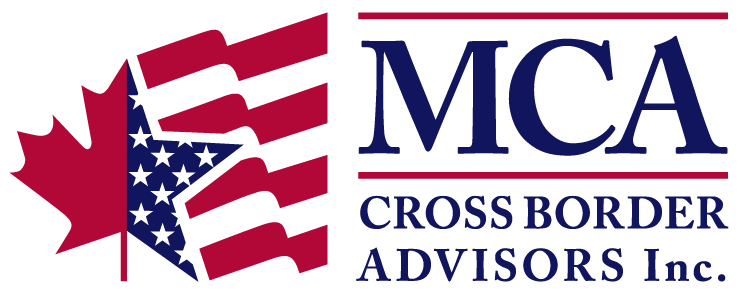Matt C. Altro is a contributor to Paul Delean’s business column in the Montreal Gazette. Click here to view the article online or scroll down to read Matt’s answer to the fifth question.
Tax strategy: Clearing up confusion about TFSAs
PAUL DELEAN
The Gazette
Tuesday, June 18, 2013
At last count, more than 8 million Canadians had tax-free savings accounts (TFSAs). Yet they remain a largely misunderstood investment vehicle, to judge by several recent reader questions.
Let’s try to clarify some of the confusion.
Q: I recently received an invoice from the federal government for almost $600. What happened was that I withdrew $15,000 from my TFSA in June of 2012 and redeposited it in September. I didn’t know that would get me in trouble with the tax department.
A: The rules on TFSAs are clear. When you withdraw a sum of money from your account, you don’t get that contribution room back until January of the following year. If you replace the money before then, you’re liable for a tax of one per cent a month for any amount that exceeds your available contribution room. That’s why the reader got a $600 bill — four months at 1 per cent a month on a $15,000 overcontribution. That’s an expensive lesson, If he’d taken out the $15,000 before making a 2012 contribution, he’d still have been charged, but it would have been on an overcontribution of $10,000 rather than $15,000.
Q: One of your experts recently said that you should designate a TFSA beneficiary in your will because Quebec doesn’t recognize it otherwise. Is it not true that it can be done directly if your TFSA is with an insurance company?
A: That is correct. An insurance-company TFSA can have a named beneficiary. Which does not mean you should bypass making a will, because failing to do that begets a whole other set of problems.
Q: I’m thinking of opening a TFSA for my grandchildren. Is that a wise thing?
A: It’s a lovely gesture. The only problem is, they have to be at least 18 to have a TFSA. If you want to provide them with a nest egg for their post-secondary studies, a Registered Education Savings Plan (RESP) might be the best option, since you can open an RESP when they’re infants and they’ll receive grants from both the federal and provincial governments on contributions made until they reach age 16.
Q: I want to save up for a house. Would it be better to do it in an RRSP or TFSA?
A: If you haven’t owned a home in the five years preceding the purchase (which makes you eligible for the RRSP Home Buyers’ Plan) and earn a salary of at least $40,000 a year, you’ll probably end up further ahead going the RRSP route. Here’s why. If you contribute the maximum $5,500 a year to a TFSA for the next four years, you’ll have roughly $22,000 for a down payment. If you contribute $5,500 a year to an RRSP, you’ll have the same sum, plus tax refunds of anywhere from $6,600 to $10,700 (depending on your marginal tax rate). You can then borrow the $22,000 from your RRSP for the house purchase. Unlike the TFSA, however, money taken from an RRSP under the Home Buyers’ plan has to be fully repaid in annual instalments within 15 years.
Q: Is there a negative to TFSAs?
A: There is if you’re an American in Canada or a Canadian heading to the U.S. to live. The tax-free status of the TFSA is not recognized under the existing tax treaty between the countries, so growth generated in the account has to be reported on U.S. tax returns. “It’s a complication so for Americans in Canada, we recommend not owning them, and for Canadians moving to the U.S., we suggest getting rid of them,” said financial planner Matt Altro.
The Gazette invites reader questions on tax, investment and personal finance. If you have a query you’d like addressed, send it to Paul Delean, Gazette Business Section, Suite 200, 1010 Ste. Catherine St. W., Montreal, Que., H3B 5L1 or to by email to pdelean@montrealgazette.com

